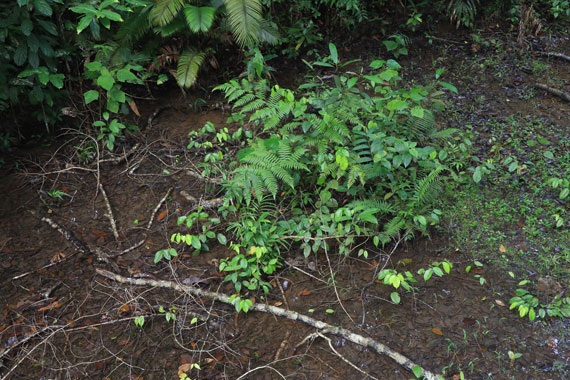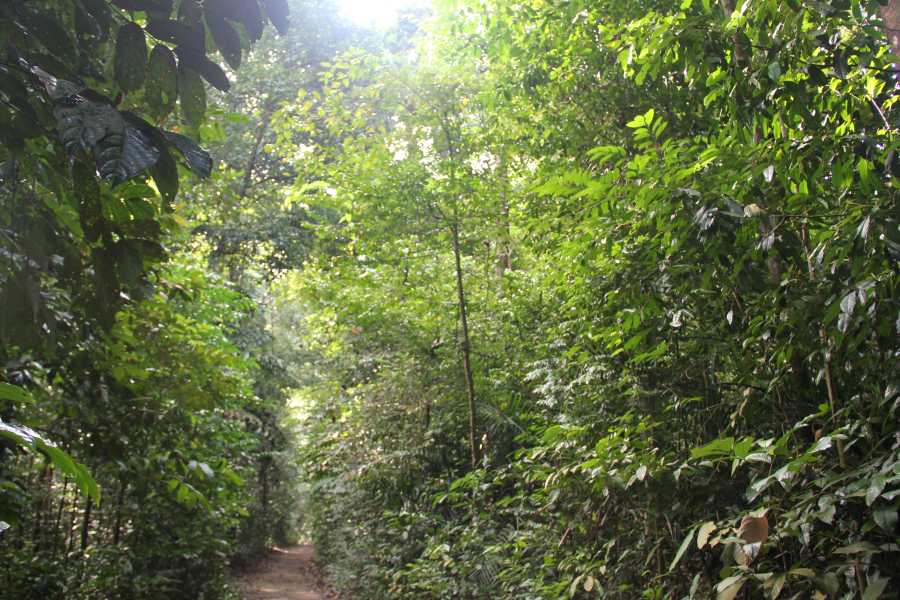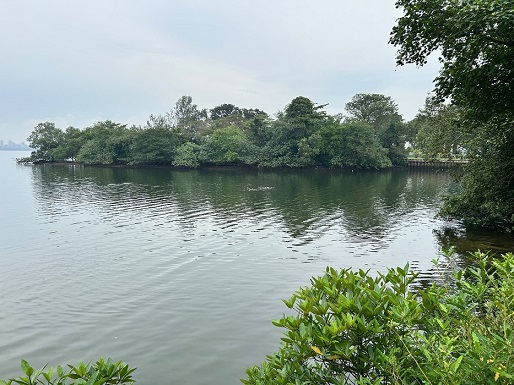News Listing Page

Exploring Begonias of Sulawesi
01 November 2024
Sulawesi is the 11th largest island in the world and a global priority for conservation. However, this region in Tropical Southeast Asia has been poorly botanically explored. The Begonia species of Sulawesi are a hallmark for conservation for their diversity, attractiveness and considerable horticultural potential. Documenting this charismatic group in Sulawesi is challenged by limited knowledge of its taxonomy, small endemic localities of certain species and inaccessible localities. These hurdles have resulted in poor information on species and their extinction risk. Using remote sensing methods, researchers have been able to estimation the occurrence of many Begonia species of Sulawesi found in small, endemic populations within deteriorating rainforest habitats. A total of 64 species were updated with a conservation status through this study.

Timonius, the Little-Known Rubiaceae Member
21 October 2024
Timonius is a genus from the coffee family, Rubiaceae, that is little explored or documented. The genus encompasses a broad variety of growth forms, from treelets to hemiepiphytes. Currently represented by 300 species in the Asia-Pacific region especially in New Guinea and Borneo, researchers from the National Parks Board discovered 77 new species from their expeditions up to 2024, including Timonius tjiasmantoi (tree) and Timonius kessleri (shrub). This groundbreaking work on Timonius has been published in the book, "Timonius in Borneo".

Pittosporum ridleyi Self Sown in Sembawang Forest
02 October 2024
Pittosporum ridleyi is a medium sized tree that is native and regarded as vulnerable in Singapore (The Singapore Red Data Book, 3rd Edition, 2024). It can be found naturally in coastal forests in Singapore. The species produces five-petaled, cream-coloured flowers in clusters of approximately 10 flowers. The fruit is orange-green in colour and oval shaped. A wild specimen of 10 m height was found flowering and fruiting in a degraded secondary forest in Sembawang in March and April 2023. No other mature specimen or seedlings of this species were found nearby. The seed of this specimen was likely sown by an animal disperser. This suggests that seed dispersal of native tree species is being carried out and further research can be done on how this contributes to succession in Singapore’s secondary forests.

Discovery of 2 new plant species at Fraser’s Hill, Peninsular Malaysia
15 August 2024
A collaboration between Forest Research Institute Malaysia and National Parks Board researchers has led to the identification of 2 new species from Fraser’s Hill, Peninsular Malaysia: Codonoboea fraserensis (Gesneriaceae) and Curculigo elegantissima (Hypoxidaceae). These herbaceous plant species are thought to be endemic with provisional IUCN conservation assessments of endangered for C. fraserensis and vulnerable for C. elegantissima. C. fraserensis occurs on steep slopes in hill dipterocarp forest to lower montane forest, while C. elegantissima is found on ridges in lower montane forest. The discovery of C. fraserensis brings the number of Codonoboea species at Fraser’s Hill to a whopping 11 species!

The effect of pollen travel on genetic mixing of Ficus superba populations in Singapore
29 July 2024
Ficus superba is known to be capable of long-distance pollen dispersal. This study explores whether mixed-land use influences pollen exchange between different populations of the species in Singapore in the mainland and offshore islands. Researchers from NUS and NParks sampled leaves from 359 individuals at 5 locations on mainland Singapore and offshore islands (Pulau Sajahat, St. John’s Island and Pulau Salu) for the population genetics study. The results suggested that the clustered distribution and mixed-land use of the landscape significantly impacted the movement of genes between the populations. Possible reasons for this include the clustered seed dispersal and greater impedance to pollen movement over land compared to sea which suggest that populations separated by the sea are much better connected genetically. The study also concluded that pollen dispersal is more influential than seed dispersal to explain the observed genetic variations between populations across Singapore. This also raises doubts about the dichotomous generalisation of the gene flow characteristics of monoecious figs (showing long-distance pollen dispersal) versus limited-dispersal of dioecious figs attributed to pollinators’ characteristics (flight heights and dispersal efficiencies).

Orania sylvicola: Native relicts or historical re-introductions?
25 June 2024
Singapore has two populations of Orania sylvicola, found respectively in Bukit Timah Nature Reserve and the Singapore Botanic Gardens. These locations are inconsistent with the historical collection localities from 1890s and 1930s, raising questions on the origin of the present-day populations. Through extensive research, involving genetic analyses, literature and herbarium collections review and topographical studies, NParks researchers concluded that all individuals in Singapore are of native origin. The two populations of Orania sylvicola in Singapore are distinct genetic clusters with very little gene flow either by pollen crossing or seed dispersal. Understanding the local population structure of these palms can guide species recovery efforts by identifying the most genetically diverse individuals for propagation and ex-situ conservation.
